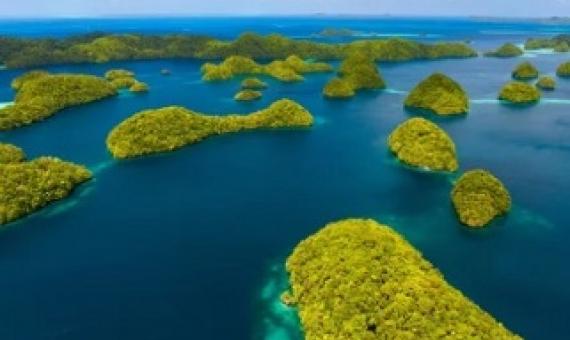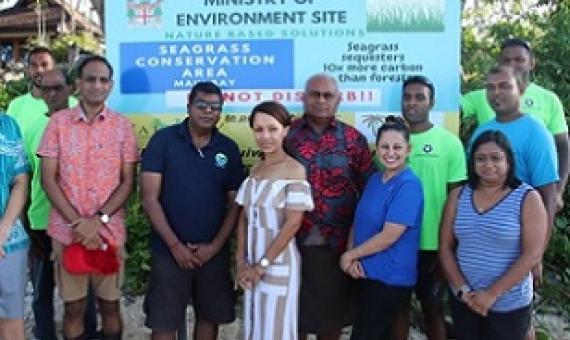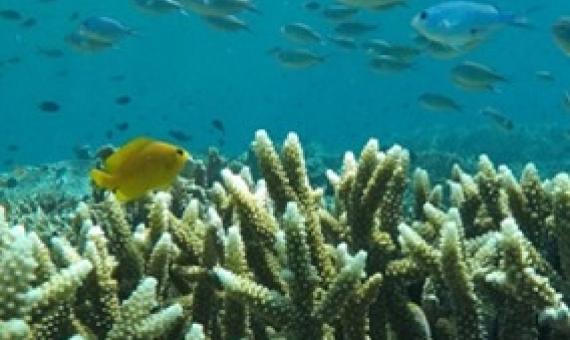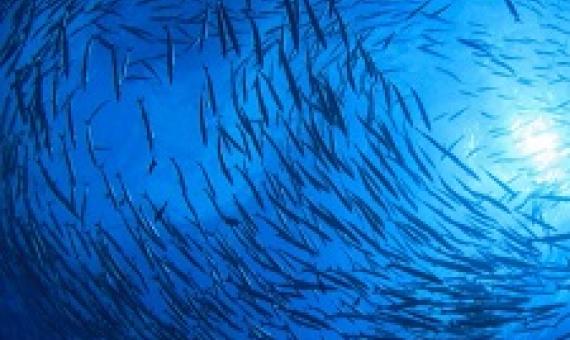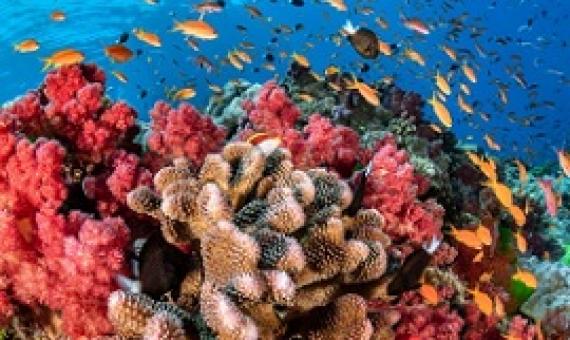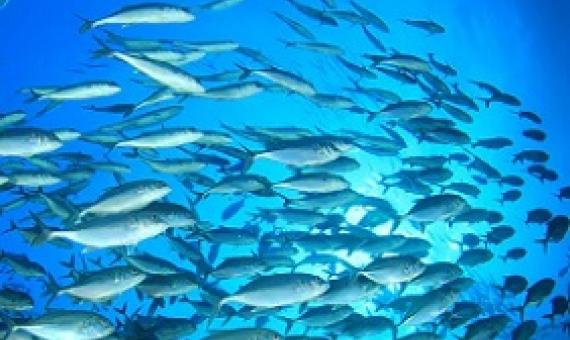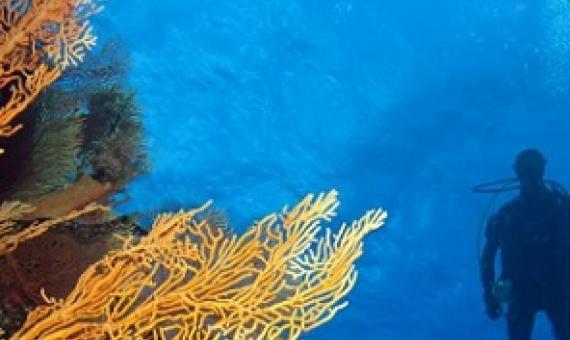Since 2018, the Palau International Coral Reef Center (PICRC) has been partnering with the Palau Visitors Authority (PVA) and Koror State Government (KSG) on a coral planting project called the Coral Reef Rehabilitation (CRRP).
The role of seagrass in the natural ecosystem for the production of a food chain for conservation and protection of marine life is vital. This was highlighted by the Minister for Waterways, Environment, and Agriculture Hon.
Going Big in the Pacific Large-Scale Marine Protected Areas in the Pacific Ocean
The definition of large-scale marine protected areas in the Pacific Ocean is fundamental to the achievement of global marine conservation targets. The threatened nature of the global ocean is emphasised, the evolution of global spatial targets for marine conservation outlined and the implementation of large-scale marine protected areas in Australia and the Pacific Ocean more broadly is reviewed. The article concludes with some reflections on the efficacy of such mechanisms in the Pacific.
“The day is now evening with a big full moon, and Grandpa wants to find a turtle soon.” This is how the new bilingual book Grandpa and the Baby Sea Turtles begins, a book authored and illustrated by staff members at Palau Conservation Society (PCS).
A new global study has found that only 2.5 percent of tropical reefs are formally protected and conserved through laws and regulations.
Sometimes you can find insight in surprising places.
The world’s coral reefs do more for the planet than provide underwater beauty...Despite their importance, warming waters, pollution, ocean acidification, overfishing, and physical destruction are killing coral reefs around the world.
Oceans cover 70 per cent of the Earth’s surface.
Kingdom of Tonga - Special Management Area Report 2020
In 2016 a partnership was developed between the Tongan Ministry of Fisheries and James Cook University in Townsville, Australia. Its aim was to implement the first stage of a Tongan national coral reef monitoring project, and to provide an overview of the current status of Tonga’s Special Management Area (SMA) program. Since 2002 the Ministry of Fisheries has been heavily focused on expanding the SMA program, and communities throughout Tonga have been enthusiastic about introducing local marine management. As a result of this momentum, the Ministry has focused primarily on implementation.
A new report from the Khaled bin Sultan Living Oceans Foundation (KSLOF) provides a promising assessment of the status of coral reefs in New Caledonia.

